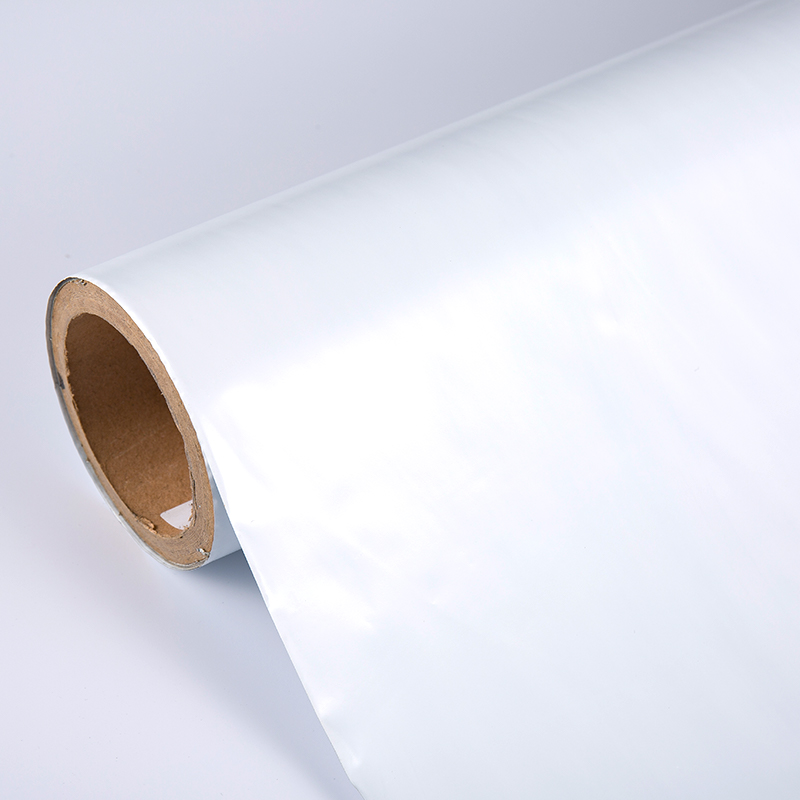Product Consultation
Your email address will not be published. Required fields are marked *
Flame retardant film is a thin polymeric sheet formulated to delay ignition, reduce flame spread, or self-extinguish after exposure to a heat or flame source. You find these films in three broad application groups: protective wrap and packaging, interior finishes and decorative laminates, and functional barriers in building, transportation and electrical assemblies. In each group the film solves a specific hazard: it lowers fire growth rate on exposed surfaces, reduces toxic smoke and limits flame spread between components.

Selecting the right chemistry and base polymer affects stiffness, clarity, thermal stability and what adhesives you can use. Below are the most used families and the tradeoffs you should weigh.
PVC films receive widely used flame retardant additives. They work well where cost and self-extinguishing behavior are important. PVC tolerates a wide adhesive palette and bonds to many substrates. Downsides: higher smoke levels and potential halogenated combustion products if exposed to flaming conditions; check acceptance in your venue when smoke toxicity matters.
PET-based films offer strong mechanical properties, dimensional stability, and good optical clarity. PET films that meet flame retardant classifications typically balance low smoke and good heat resistance, making them suitable for appliance faceplates, illuminated signs, and some interior panels.
Polyolefin films (including modified polyethylene or polypropylene blends) provide low density and often lower smoke yields than PVC. They work well for shrink-wrap and packaging where flame performance plus recyclability matter. Mechanical toughness at low temperatures is another advantage.
Intumescent films or films with flame retardant coatings expand and form insulating char under heat. Use them where you need a barrier effect rather than only slower ignition — for example cable wraps or through-penetration seals. Consider thickness and activation temperature during selection.
Match test methods to the application. Different end uses require different standardized evidence of performance. Use these tests as checkpoints when you compare vendor data sheets or prepare material specifications.
Use this checklist to convert safety goals into material decisions. Start with the hazard scenario, then run through these attributes.
|
Film Type |
Flame Behavior |
Smoke / Toxicity |
Typical Uses |
Key Benefit |
|
PVC FR |
Self-extinguishing |
Higher smoke, halogenated |
Decorative laminates, signage |
Cost-effective |
|
PET FR |
Good heat resistance |
Lower smoke than PVC |
Appliance panels, illuminated signs |
Durability and clarity |
|
Polyolefin FR |
Good performance for shrink/packaging |
Lower smoke than PVC |
Shrink wrap, protective films |
Lightweight, recyclable options |
|
Intumescent / coated |
Expands to block heat and flame |
Varies with formulation |
Cable wraps, penetration seals |
Active barrier formation |
Correct installation prevents degradation of the film's fire performance. Follow these practical steps on site.
After installation, schedule routine inspections. Look for peeling, discoloration, or mechanical damage. Replace sections with physical damage; patching may be acceptable for small areas if the repair material has the same or better flame performance and bond quality.
Several real-world mistakes degrade performance: pairing a flame retardant film with an incompatible adhesive, exposing a film to solvents that extract additives, or using an interior-rated film outdoors. Test full assemblies rather than relying only on the film’s stand-alone rating when the system includes adhesives, laminates and substrates.
Define the fire performance objective first: limit flame spread, reduce heat release rate, or minimize smoke and toxic products. Then pick a film chemistry that matches that objective and the environmental demands of the installation. Request test reports for the intended configuration and, when possible, test the full assembly. With the right selection, correct installation and a maintenance plan, flame retardant film gives you an efficient, thin-profile route to meeting fire performance goals in many applications.
Your email address will not be published. Required fields are marked *
You can contact to me using this form.
Copyright © 2023 Kunshan Red Apple Plastic New Material Co., Ltd. All Rights Reserved.
